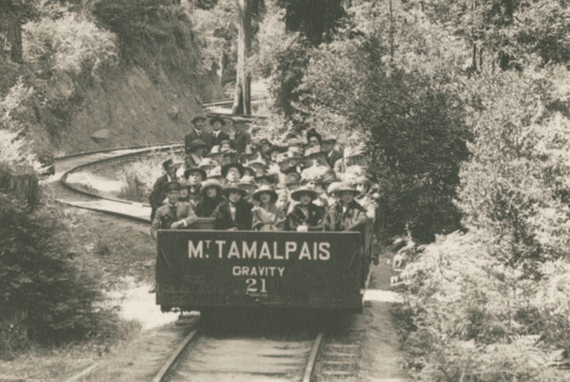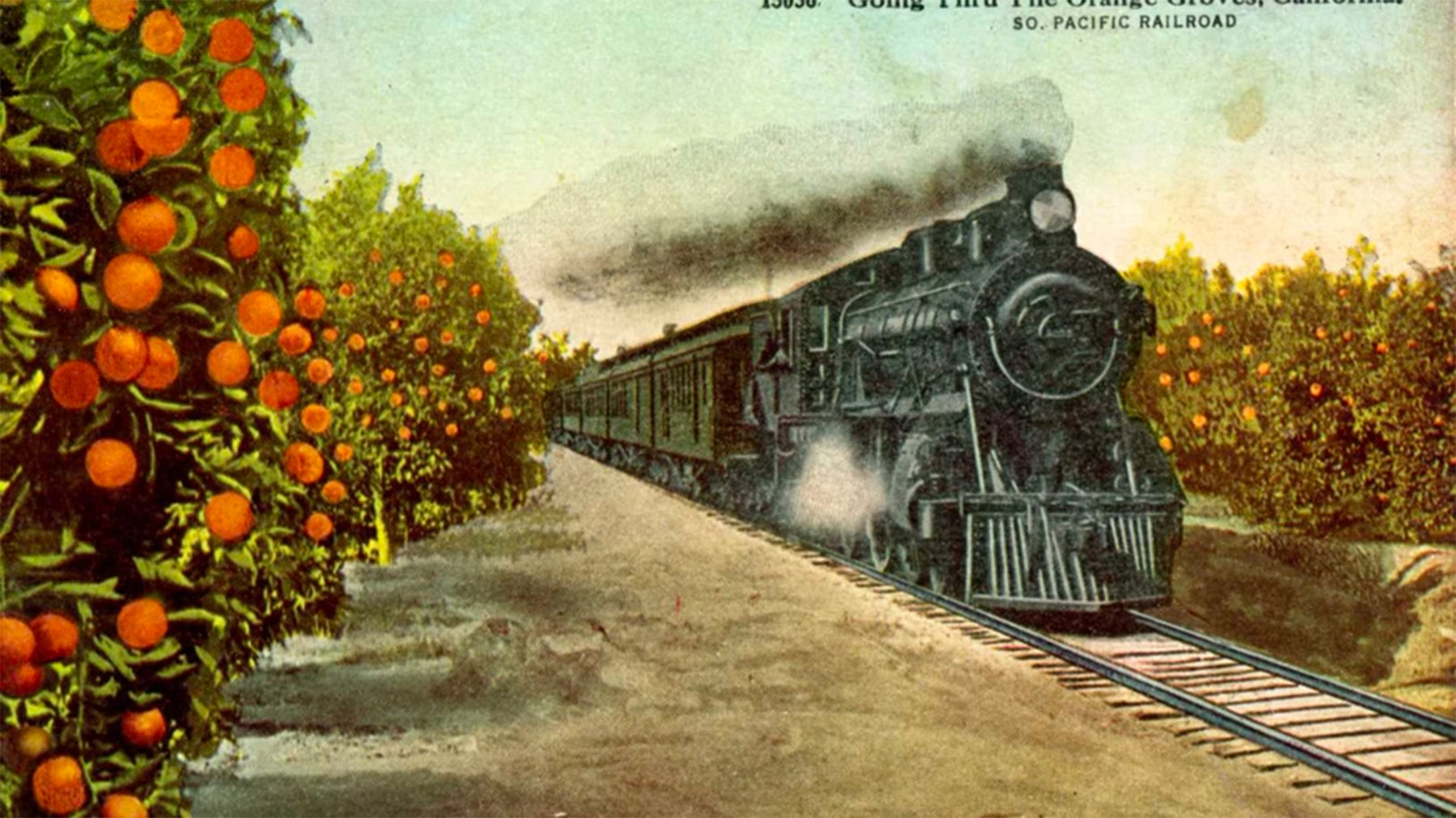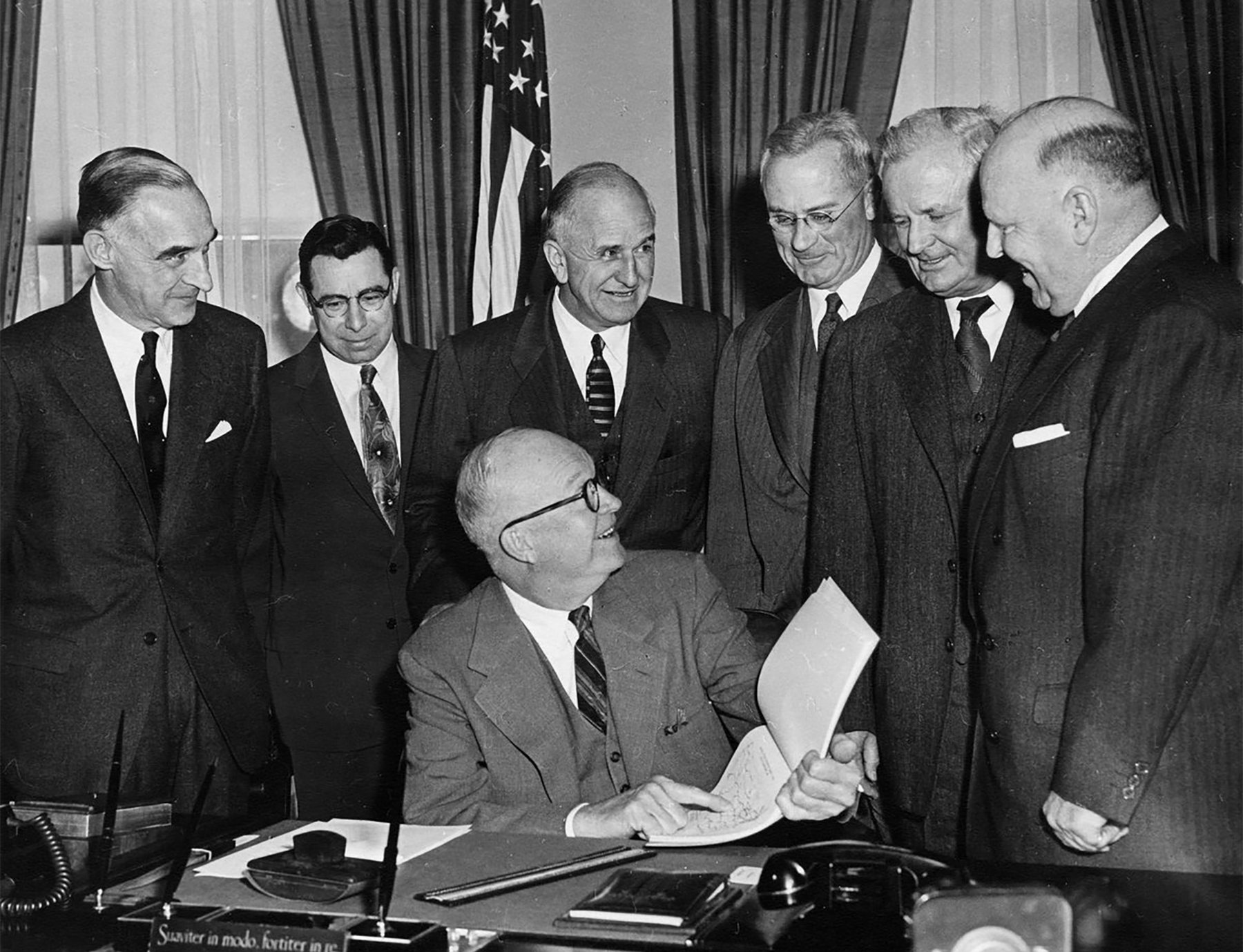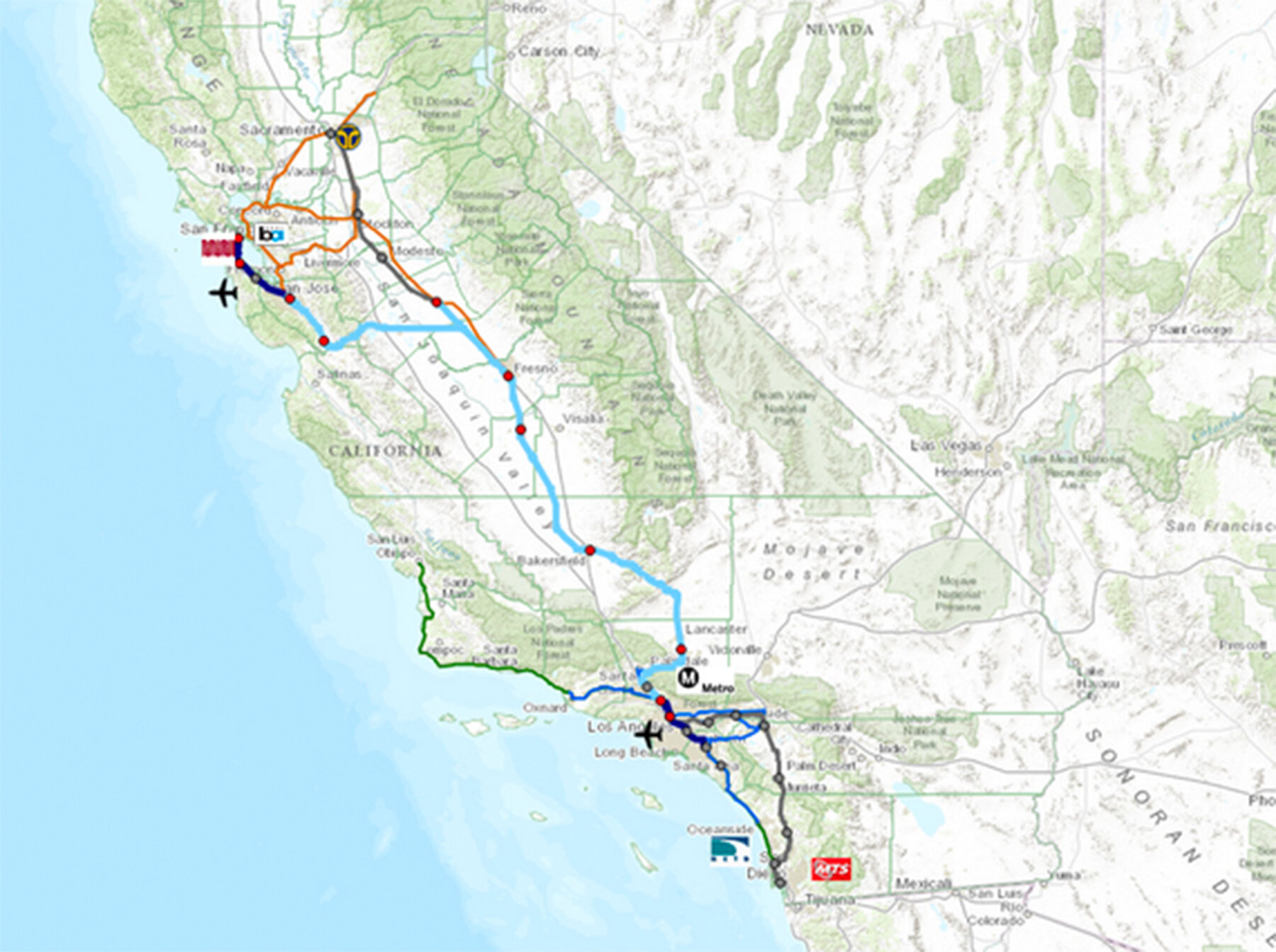If you’re joining us late, this is No. 11 in the roman fleuve known as the California High-Speed Rail series. HSR is of course a major part of Gov. Jerry Brown’s legacy and platform as he runs for an unprecedented fourth term. We’ll wrap things up by the time we get to No. 15. For previous installments see No. 1, No. 2, No. 3, No. 4, No. 5, No. 6, No. 7, No. 8, and No. 9, and No. 10.
Today’s theme is “thinking in time,” after the title of a wonderful book by my one-time professors and longer-term mentors Ernest May and Richard Neustadt. In our previous installment, a former Federal official wrote about the difficulty of thinking about effects, good and bad, will be felt only decades in the future. Now readers address the question of considering the future.
1) “If we refuse to embrace the unknown, we will remain inert.” From a reader in the South:
In Richmond, VA, I’m involved in historic re-enactments. (One of my many lives involves acting). I’m currently studying for a re-enactment of the Virginia debates over the ratification of the Constitution in 1788, involving Patrick Henry, Peyton Randolph, James Madison and George Wythe. And one of the themes in the debate is whether the existence of defects in the Constitution as proposed should result in its defeat, or whether they could rely upon the goodwill and intentions of those involved to remedy defects as they occur; especially whether to ratify on the assumption that the Bill of Rights would be enacted, or to forestall the entire enterprise to achieve some unattainable level of perfection.
On one side Patrick Henry assumes that the scoundrels will usurp the individual liberties for which they had recently fought bloody battles.
The argument on the other side excoriates the opponents for supposing that the general legislature will do everything mischievous they possibly can, and that they will omit to do everything good which they are authorized to do. In essence it is a plea to recognize that the people will rest their authority in the hands of representatives of goodwill: It is more reasonable to assume that they will as readily do their duty as deviate from it.
It’s important to make sure that we have people of goodwill and good talent. There will be things unforeseen; there will be things foreseen which won’t materialize. The human mind is incapable of embracing the totality of circumstances. And the failures fade, as the inherent goodness of the works remain.
I really wonder whether the people of Boston drive through the Big Dig wishing it had never been built. Do the people complaining of the Oakland Bay Bridge desire that it not be replaced? Do we assume that the project was handed over to a bunch of incredible dolts? Or is it a massively complex piece of engineering, undoubtedly with issues which were not foreseen?
Yes, there are the failures, and they happen as frequently in private enterprise as they do in government. But if we refuse to embrace the unknown, and refuse to forgive that which was not attained, then we will remain inert.
And in that vein, I give you our contemporary Congress where there are too many people who are not of goodwill who have lost sight of the purposes of the Union. A republic depends upon people of goodwill doing the work of the people… Shining a light on one such important work is extremely valuable to that end.
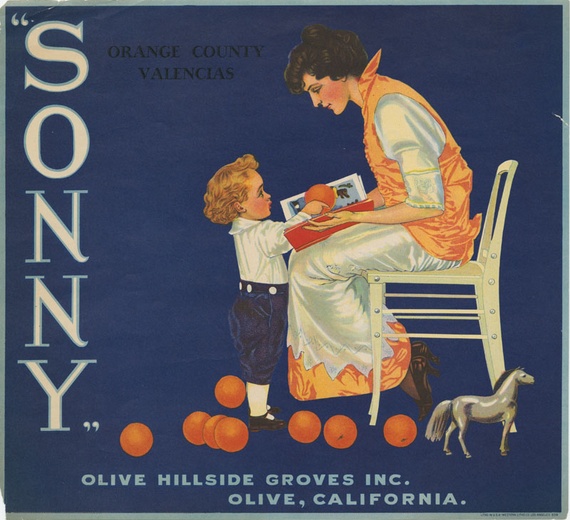
2) “It’s our familiar combination of anarchy and oligarchy.” From a reader in northern California
I’m not sure how to deal with this, but it’s actually not uncommon. Several studies and stories of past Big Projects (levee systems, aqueducts, even the transcontinental railroads) show that Americans in general can’t see beyond the tips of their noses in terms of planning and financing Big Things.
That’s something we have to live with in this country: we are not Europe or Japan, where even under “democratic” systems with parliaments and the like the overall government and economic structure remains aristocratic with a strong sense of national identity and vision.
Comparisons to Europe don’t work here, because we have a combination of anarchy and oligarchy, neither of which cares about the long term. Trying to show that it’ll be better for the kids or grandkids doesn’t fly well; it’s what you’re doing for me today or next week, or perhaps (for a corporation) over the next quarter to at most a year.

3) “A century is nothing!” Last time around I said that infrastructure decisions were so crucial because “people will be living with their consequences a century from now.” A reader in Massachusetts says that’s a gross under-statement:
a) The Erie Canal opened in 1825. By 1842, its entire route had a railroad. Nevertheless, I understand it’s the big reason that the Northern tier of New York is lined with cities, while the central and Southern corridors are lined with cute little villages.
b) Property values in Manhattan are, to a considerable extent, dominated by the placement of subway lines. Many of those lines, coincidentally, were laid out in part by real-estate speculators. Chicago’s Loop is all about rails, literally.
c) The street grids of most cities bear scars from odd or arbitrary choices made long ago, but which continue to influence the way the city moves and works. San Francisco’s street grid collision at Market Street is one obvious example. The inability of 19thC engineering to get rid of Boston’s Muddy River means that Back Bay, that very tony residential neighborhood, ends abruptly in The Fens, Fenway Park, and the commercial clatter of downscale Kenmore Square. Just to the South, the memory of a short-lived railroad bridge, filled in and vanished for a century and a half, firmly divides downtown from the south end. In Chicago, Clark and Broadway divide at Diversey because that’s where two trails diverged back before 1830.
Even big parties cast a long shadow. Paris 1889, Chicago 1983, San Diego 1915 — what would Paris be without the Eiffel Tower, Chicago without Grant Park (and the Art Institute) and Jefferson Park (and the Museum of Science And Industry, the Columbian Exposition’s palace of fine art), or San Diego without Balboa Park?
d) And why is Boston a city at all? Boston existed for its harbor, just as Salem (once far more important) did. Salem’s Harbor silted up, and then people discovered that while Boston Harbor freezes only once a generation, New York Harbor never freezes. Once that was clear, the ships all moved to New York, yet Boston remained.
e) The Oregon Trail and the Santa Fe Trail were shaped for technologies that vanished long, long ago — and actually were useful for only a brief time. Their routes continue to shape the West. Some of this is geography, but only some.

4) “The number is just too big.” The same California reader as in the second point, above, on the distinct challenge of understanding large multi-year costs:
People think of a $68 billion (or whatever— something *10E09) as a lot of money. That’s because the vast majority of people in this country get along one way less than $100K a year (more like <$50K) [JF note: median US household income is a little above $50,000] and just can’t conceive of anything that can or should cost that much.
They also see that as money spent right now, not over 20+ years. Doesn’t matter whether it’s current dollars or inflated – the number is just too big.
I understand, because I worked for 40 years in various forms of land use and environmental and transportation planning, that the $68 B inflated number over 20 years is real but phony at the same time: real because you can explain how you got it using standard financial analysis, and because Federal financial planning requirements now insist that such a number be provided; but phony because it is based on a ton of assumptions that will have to change as time goes on.
We have the same problem with regional traffic and emission projections over 20 years. The number could go up or down (though most of the time it goes up), so you have a regular update process to adjust things. Also, the general public, if they think about it at all, see the $68 B as what they will have to pay in taxes for this thing – with some justification considering how transportation in general has played out over the years, though they don’t see it that way for things like roads that they use every day.
